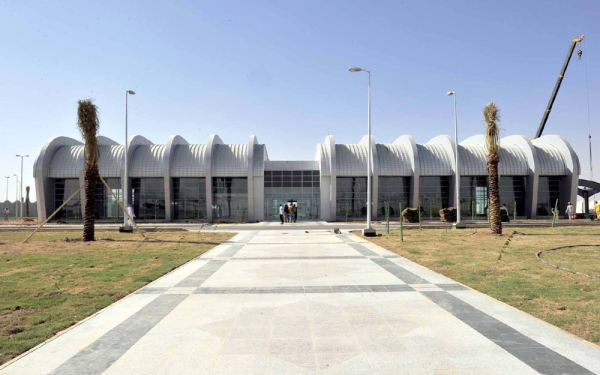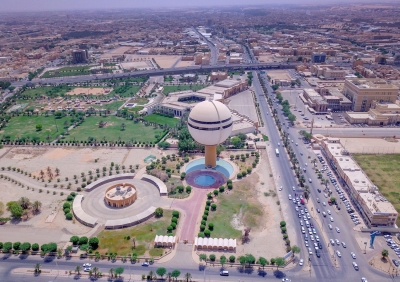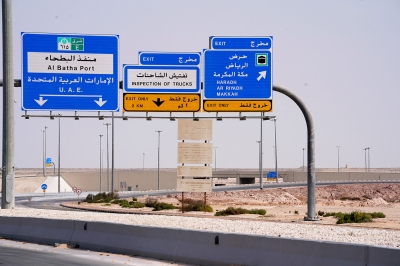

Prince Sultan Bin Abdulaziz International Airport abbreviated as (TUU) is an international airport in the Kingdom of Saudi Arabia, located in the city of Tabuk, the administrative capital of Tabuk Province, north of the Kingdom, about five km from the center of Tabuk City.
Establishment of Prince Sultan Bin Abdulaziz International Airport
Prince Sultan Bin Abdulaziz International Airport was built in the early 1970s as a dirt airstrip, until it was developed in 1978, when it was and converted it into a military base. In 2011, it became an international airport independent of the base at a cost of around SAR242 million. It was named Prince Sultan Bin Abdulaziz Airport on the order of King Fahd Bin Abdulaziz Al Saud. It becomes a key artery for development and part of the logistics and transportation service sector, with an estimated total area of 16,400 m.
Flight traffic at Prince Sultan Bin Abdulaziz International Airport
Prince Sultan Bin Abdulaziz International Airport has a capacity of 1.5 million passengers per year. It was previously known as Tabuk Regional Airport until it was transformed by the General Authority for Civil Aviation into an international airport, named after Prince Sultan Bin Abdulaziz, in order to activate the Kingdom's domestic airports and facilitate travel between the different regions and Tabuk Province.
Operations at Prince Sultan Bin Abdulaziz International Airport
The number of flights arriving at Prince Sultan Bin Abdulaziz International Airport in 2019 was 16,014 domestic and international flights, carrying 1,787,000 passengers.
In 2022, Prince Sultan Bin Abdulaziz International Airport achieved the first position in the performance report of international and domestic airports in the Kingdom. It attained a 100 percent compliance rate in the second category for international airports with an annual passenger traffic of less than six million passengers. It outperformed its competitors in the average total waiting times for departing and arriving flights.
Related quizzes

